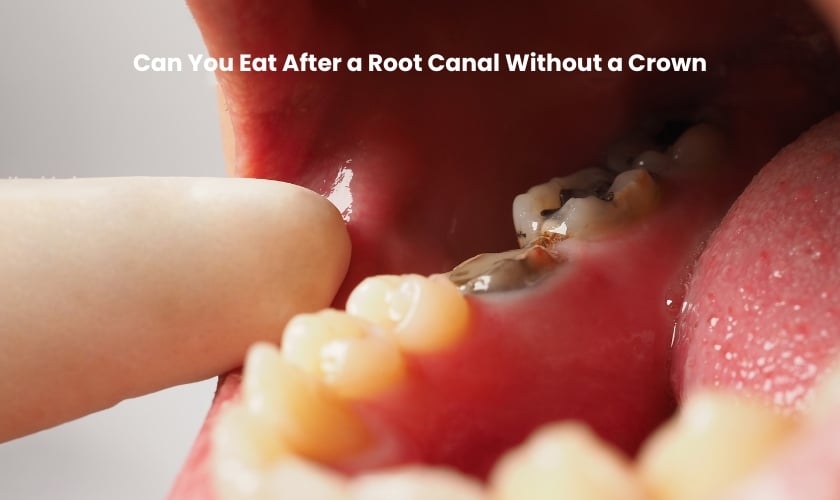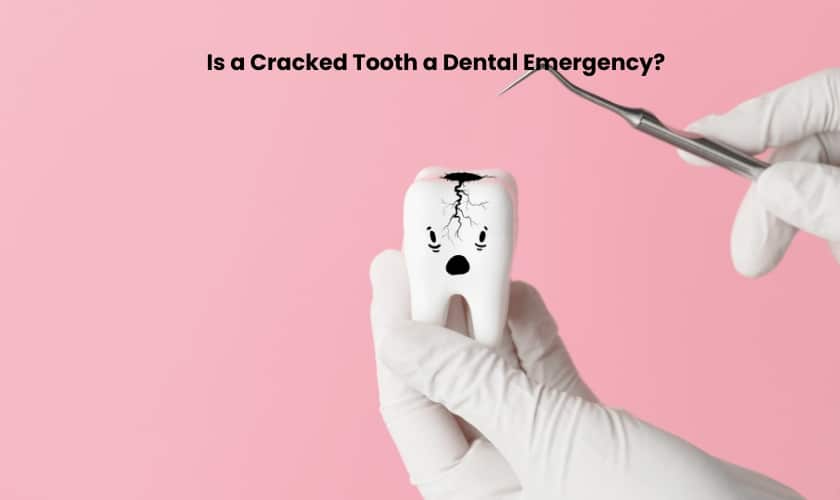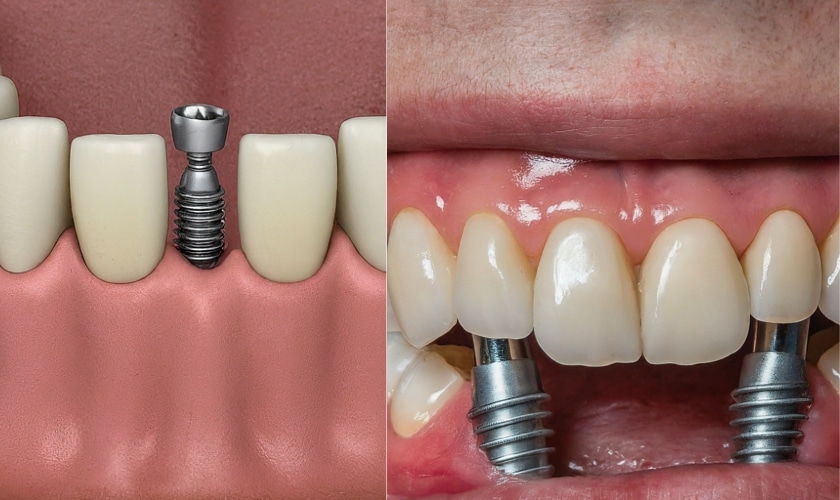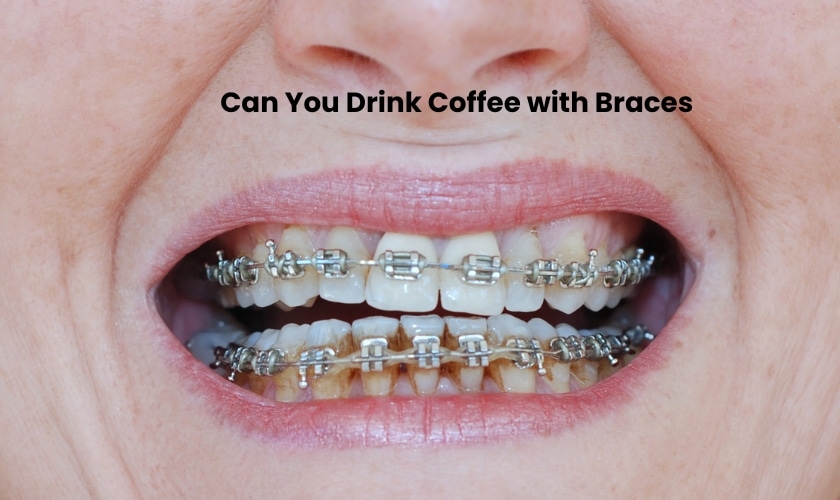
3 Reasons Composite Fillings are Better Than Amalgam Fillings
Composite fillings are a great solution for treating cavities, and they offer numerous benefits over amalgam fillings. Composite fillings use natural-looking materials that can be color matched to the shade of your teeth, making them virtually invisible once placed in the mouth. In comparison, amalgam fillings are composed of an unsightly blend of metals that make it more visible when smiling or talking. Here, we will explore 3 reasons why composite fillings are better than amalgam fillings.
1. Aesthetics
One of the major advantages of composite fillings is their ability to be color matched to the shade of your teeth, making them almost indistinguishable when smiling or speaking. Composite fillings are made from a variety of materials, including ceramic and glass particles, that can be blended together to match the natural color and texture of your teeth. This makes them ideal for treating cavities located on the front surfaces of your teeth.
Composite Fillings Blend Seamlessly With Your Teeth
Another benefit of composite fillings is their ability to blend seamlessly with your existing tooth structure. Composite fillings are applied in layers directly onto the affected area, where they bond directly with tooth enamel. This creates a filling that is less likely to stain over time and allows for more natural-looking results. Composite fillings also require less removal of the natural tooth structure compared to amalgam fillings, reducing the risk of further damage.
2. Durability
Composite fillings are incredibly durable and can help protect your teeth from future decay. Unlike amalgam, which is composed of metals that are prone to corrosion and breakage over time, composite material is made up of glass and ceramic particles that resist wear and tear. This makes them ideal for large restorations, such as molars, where they can provide lasting protection against cavities. Additionally, composite fillings are much less likely to leak or fracture over time, which can lead to further damage.
Composite Fillings Can Be Easily Repaired
In the event that a composite filling is damaged, it can be easily repaired without having to replace the entire filling. Composite material is much more malleable than amalgam and can be manipulated back into place with little effort. This makes them ideal for protecting against wear and tear from everyday activities such as chewing and grinding. Additionally, most dentists will offer longer warranties on composite fillings compared to amalgam due to their improved longevity.
3. Cost-Effectiveness
Composite fillings require very little maintenance compared to amalgam. Composite material is resistant to wear and tear, so it does not need to be replaced as often as amalgam fillings. Additionally, composite fillings are much easier to repair in the event of damage, which can save time and money in the long run. Composite fillings also do not require specialized care like amalgam fillings, so they can be cared for in the same way as natural teeth.
Composite Fillings Help Prevent Further Decay
Another cost-saving benefit of composite fillings is their ability to help prevent further decay in your teeth. Because composite material bonds directly with tooth enamel, it helps create a strong barrier against bacteria and plaque. This can help reduce the risk of further cavities or decay, which could save you money in the long run. Composite fillings also require less removal of natural tooth structure compared to amalgam fillings, allowing for more conservative treatments that are more cost-effective.
The Bottom Line
Composite fillings offer several advantages over traditional amalgam fillings, including aesthetics, durability, and cost-effectiveness. Composite material is color matched to your existing teeth and blends seamlessly with your natural smile. Composite material is also resistant to breakage and wear and tear, making them ideal for large restorations such as molars. Additionally, composite fillings require less maintenance and help prevent further decay, which can save you money in the long run.
Yes, composite fillings are generally considered to be a better option than amalgam fillings when it comes to aesthetics, durability, and cost-effectiveness. Composite fillings blend seamlessly with your natural teeth and resist breakage and wear and tear over time. Composite fillings also require less maintenance and help prevent further decay, making them more cost-effective in the long run.
Composite fillings typically last anywhere from 5-15 years, depending on the size of the filling and how well it is taken care of. Composite fillings require less maintenance than amalgam fillings, so they can provide lasting protection against cavities and decay.
Composite fillings are made up of glass and ceramic particles that are bound together with composite resin. This material is color-matched to your existing teeth and can be used to restore both the strength and appearance of your smile.




